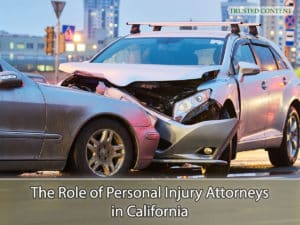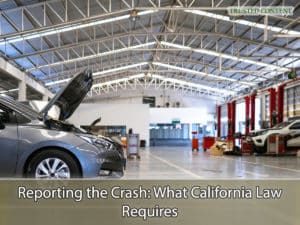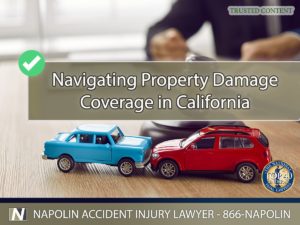From Crash to Claim: Navigating Property Damage Coverage in California
Navigating the Road Ahead: An Introduction to Property Damage Coverage
Car accidents in California can lead to life-threatening injuries and significant financial damages. Understanding property damage coverage is essential for anyone navigating the aftermath of an accident. This comprehensive guide explores the legal landscape of auto accident laws in California, offering insights and guidance for those seeking compensation for their losses.

The Role of Personal Injury Attorneys in California
Legal Guidance: The Role of Personal Injury Attorneys in California
Engaging a personal injury attorney familiar with California's complex legal system is crucial when filing a compensation claim. An attorney will review your case, make necessary arrangements, and guide you through the legal process. Cooperation and providing required information are key to ensuring a successful recovery.
Safeguarding Your Journey: California's Insurance Requirements
California mandates a minimum level of insurance coverage for registered vehicles. The state's 15/30/5 insurance coverage includes specific fines and loss amounts for injuries, deaths, and property damage. Failure to show proof of financial responsibility can lead to fines or license revocation.
Uninsured Drivers: A Hidden Roadblock in California
Accidents involving uninsured drivers present unique challenges. California law requires auto insurance carriers to provide coverage for such accidents. Policies covering injuries and property damage are essential, and an underinsured motorist policy might help fill the gap if the other driver's insurance is insufficient.
Beyond the Basics: Exploring Additional Insurance Options
Beyond the state's required 15/30/5 coverage, additional insurance options such as medical reimbursement, comprehensive services, automobile coverage, and theft insurance can provide further protection. These policies offer valuable support in the event of a catastrophic accident.
Proving Your Financial Roadworthiness: Alternatives to Car Insurance
Car insurance is not the only way to demonstrate financial responsibility in California. Alternatives include a $35,000 cash deposit with the DMV, a certificate of self-insured status, or surety bonds from a licensed company.

Reporting the Crash- What California Law Requires
Reporting the Crash: What California Law Requires
California law mandates reporting property damage or physical injury exceeding $1,000. The accident report must be filed using form SR-1 and include detailed information about the incident, involved parties, and insurers.
Time is of the Essence: California’s Statute of Limitations
The statute of limitations in California sets specific time frames for filing property damage and bodily harm claims. Understanding these legal deadlines is vital to preserving your right to seek compensation.
Government Roads, Private Claims: Understanding Liability Laws
California's liability laws include principles of comparative fault and appropriation of liability. These laws determine how responsibility is shared among parties involved in an accident and how compensation may be claimed.

From Crash to Claim- Navigating Property Damage Coverage in California
Your Legal Compass: Conclusion and How to Seek Help
Understanding property damage coverage in California is essential for anyone involved in a car accident. Legal consultation and representation can make a significant difference in the outcome of a claim. If you need legal help, call Napolin Accident Injury Lawyer at (866)-NAPOLIN. With extensive litigation experience in this area, we offer a free consultation to guide you on the road to recovery.
- Understanding Uber Accidents and Insurance Coverage Periods in California - April 8, 2025
- A Guide on Red Light Auto Accidents in California - August 14, 2024
- Self-Representing in a California Personal Injury Claim - August 13, 2024
